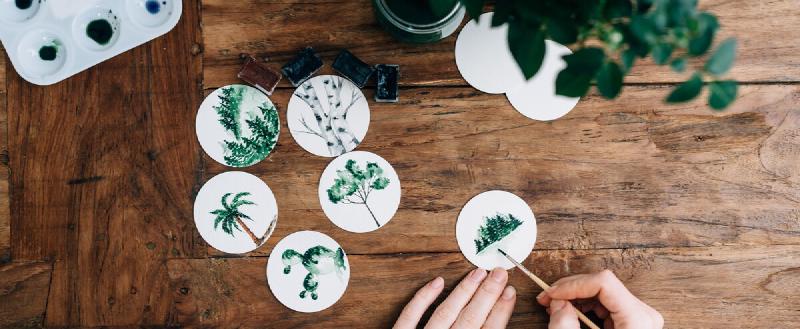Framing paper
Holzer, M., & Keller, L. (2020). WHY SCIENCE IS NOT A RECIPE: Expanding Habits of Mind through Art. In Henseler C. (Ed.), Extraordinary Partnerships: How the Arts and Humanities are Transforming America (pp. 281-298). Lever Press. doi:10.3998/mpub.11649046.20
“We have identified ways to begin teaching habits of mind through which students realize that they need not distinguish themselves as “a science person” or “an arts person.” Rather, to understand and live the full richness of human experience, these ways of appreciating our surroundings must be seen, and taught, as complementary for all students, regardless of their primary interest or focus.” (Holzer, M., & Keller, L., 2020, p.296)
Where is environmental education now?
- Many teachers seem to link environmental education with the science and geography curriculum
- Environmental education may have been stronger on artistic perspective and emotional connection
- Moves to professionalize outdoor education may have led to a shift towards science. Mirrors the move in education more broadly to emphasizing the STEM subjects.
What resonated with you?
-
Education system seems to pressure people into pigeonholes
- May be unnecessarily limiting people’s interests
-
World is a complex system, different perspectives bring their own insights
- Separation between art and science is a very modern idea
- Many scientists in history were also artists or used artistic skills
- Many modern fields of study benefit from having some background in arts and science
-
Peter Scott, founder of the Wildfowl and Wetlands Trust, and what is now the World Wide Fund for nature was an artist and conservationist
- Began what is now one of the longest running studies of a single species anywhere in the world by painting portraits of the Bewick’s swans which came to the pond by his house each winter.
- Portraits allowed Scott and his family to track behaviour and relationships between individual swans and create family trees.
-
Describe, Reflect, Speculate model for object-based learning
- Begin with observing and describing, then reflect on prior knowledge, and speculate on answers to new questions
-
Illustrated nature guides can be better that photographs for some people
- Artist curates the image, highlighting key features
- Depiction is idealized version rather than a specific individual specimen
-
The scientific method vs the scientific process
- Method suggests recipe to follow
- Process suggests a way of working
What are your thoughts on bringing more arts into environmental
education?
-
Art may be a way of building emotional connection between people and the environment
- Encourages people to slow down and notice things
- Approaching from an artistic perspective may make science and museum collections accessible to a wider audience
- Different way of communicating which may resonate more with people who might feel that science is ‘not their thing’
-
Often art is used in science education to demonstrate learning or depict results of research and investigation
- This paper describes using art to stimulate learning and inform scientific investigation
- Applying art literacy skills in science
-
Brings subjectivity back into science and environmental education
- Objectivity often synonymous with unemotional
- Growing recognition that it is difficult or impossible to fully remove subjectivity from science
-
Ironically some schools of art are taking more inspiration from more scientific perspectives
- Atelier art schools focus on realistic representation
- Scientific/historical illustration
- Botanical art
-
Not all activities which use art materials are productive or artistic
- Need to clearly identify what the aim is, consider if the activity actually helps people meet that aim
- If not carefully thought out and well taught/facilitated, art activities can quickly become just busy work
Related articles
Kamen, R. (2020). Humanizing Science: Awakening Scientific Discovery through the Arts and Humanities. In Henseler C. (Ed.), Extraordinary Partnerships: How the Arts and Humanities are Transforming America (pp. 299-320). Lever Press. DOI:10.3998/mpub.11649046.21
Stivaktakis, Stathis & Krevetzakis, Evangelia. (2018). Learning Science through the Arts: The Theory and the Educational Possibilities. Journal of Advances in Education Research. 3. DOI:10.22606/jaer.2018.31007.
